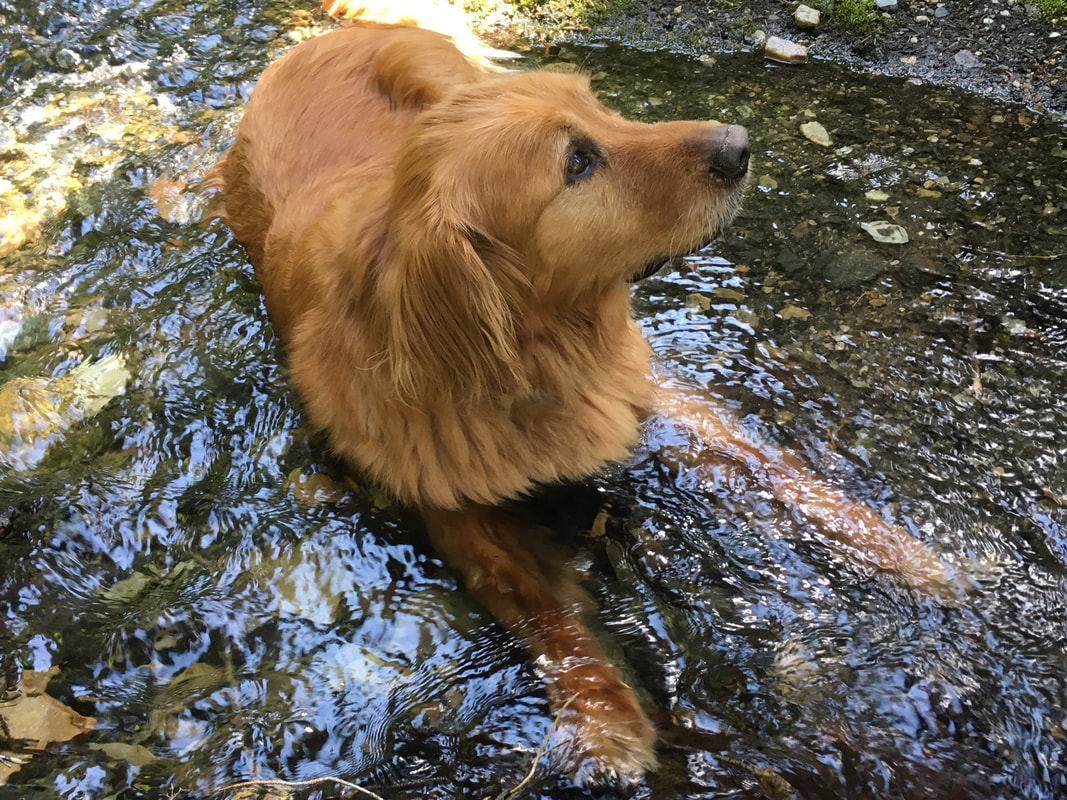A group of scientists were visiting our Army working dog kennel to assess the feasibility of establishing a K9 research lab. While the Kennel Big-wig schmoozed with the Science Big-wig, the rest of us hung in the background. One of the scientists leaned over to me and asked, “Do you think it’s feasible to design a study to measure VO2 max in dogs? We’re looking at improving physical performance in working dogs.” “Sure it’s feasible, but in my opinion, the rate-limiting factor for performance is going to be thermoregulation; his ability to dump heat, not his VO2 max.” The scientist looked startled for a second then grinned, “It’s interesting you say that. DARPA (Defense Advanced Research Projects Agency) is investigating a similar approach with human performance. We need to talk some more.”
My interest was piqued, and after some Googling, I found what he was talking about. Scientists at DARPA had found that by regulating the temperature of exercising muscles, they could increase muscular endurance and improve overall work output. I had come onto my own cruder ideas from running my dog, Remo, every morning in the woods around the kennel to validate a physical training (PT) program for working dogs. The trainers had come to me several months earlier asking for a PT plan that would work both the dogs and their handlers at the same time. They rejected my proposal immediately, which only spurred me to prove them wrong.
Summertime in Missouri is brutal. The temperature and humidity start climbing before the sun cracks the horizon, and our training was done in the early morning darkness. Unlike humans, dogs do not use evaporative cooling (they have a few sweat glands, but not enough), and they rely on transpiration through panting. A dog’s normal resting rectal temperature runs between 100 – 103 degrees F. A temperature above 103 can be from a fever (due to some underlying medical condition), or hyperthermia (from exertional or environmental causes). When a dog’s temperature is out of spec, the enzymes and proteins begin to deform, and the biochemical pathways that keep the engine humming start to fail. There is massive inflammation, and the body reacts on a grand scale, which just makes things worse. Blood begins to leak out of compromised vessels, organs get damaged trying to deal with toxic byproducts, and the circulatory and nervous system collapse with shock.
The book says that a sustained body temperature above 106 degrees F can lead to permanent physiological changes, but we measured plenty of dogs running up there during my time training in Missouri, and a consistent sign of stress was performance decline. Even with the early morning starts, I noticed drops in Remo’s performance towards the middle of the workout. He was in good physical shape, so I suspected it was the heat. I began to plan our route so that we stopped at a small fishing pond at the halfway point.
After weighing the potential water hazards (giardia, leptospirosis, blue-green algae, water moccasins, etc.), I allowed him a swim to cool off. I immediately noticed an improvement in his performance, and he continued strong throughout the rest of the ruck run. The half-way swim became a regular part of our morning routine. This is not to say that simply swimming a dog will solve all problems. There are numerous variables that will affect each case:
- Individual characteristics: age, physical condition (obesity, etc.), underlying medical conditions (laryngeal paralysis, heart disease, etc.).
- Breed characteristics: brachycephalic (flat nose) breeds, body shape and haircoat, athleticism, innate tolerance.
- Environmental conditions: Temperature and humidity, ground surface (asphalt/concrete vs. dirt/grass), shade and wind, other hazards (infected or contaminated water, physical hazards, etc.)
The take home lesson is to carefully design activities and establish conditions to PREVENT heat injuries before they occur, or else leave the dog at home.
Treating a K9 heat injury is not a straightforward process. Overzealous cooling can lead to rebound hypothermia and a whole separate can of worms. Hospitalization of a patient is an intensive and costly endeavor of playing catch-up-and-treat based on the severity of the signs, with no guarantees. Prevention is always the better alternative. We continued to train, and after several mornings of a trim and lean Remo running past a formation of handlers with their fat dogs, they started to come around. Remo continued to be the guinea pig for other trials which led to future obstacle course, rappelling, climbing, fast-rope, and helo-cast training, but always with the health and longevity of the dogs in mind. It became a fun time to be a working dog handler, and we never lost a dog to heat along the way.
Remo is older now, with a lot of mileage and some other medical issues, but he still gets exercised regularly along with his younger ‘sister’. We’re only as fast as our slowest ‘man’, and Remo sets the pace, no matter how far, fast, or hard the rest of us want to go.



 RSS Feed
RSS Feed



